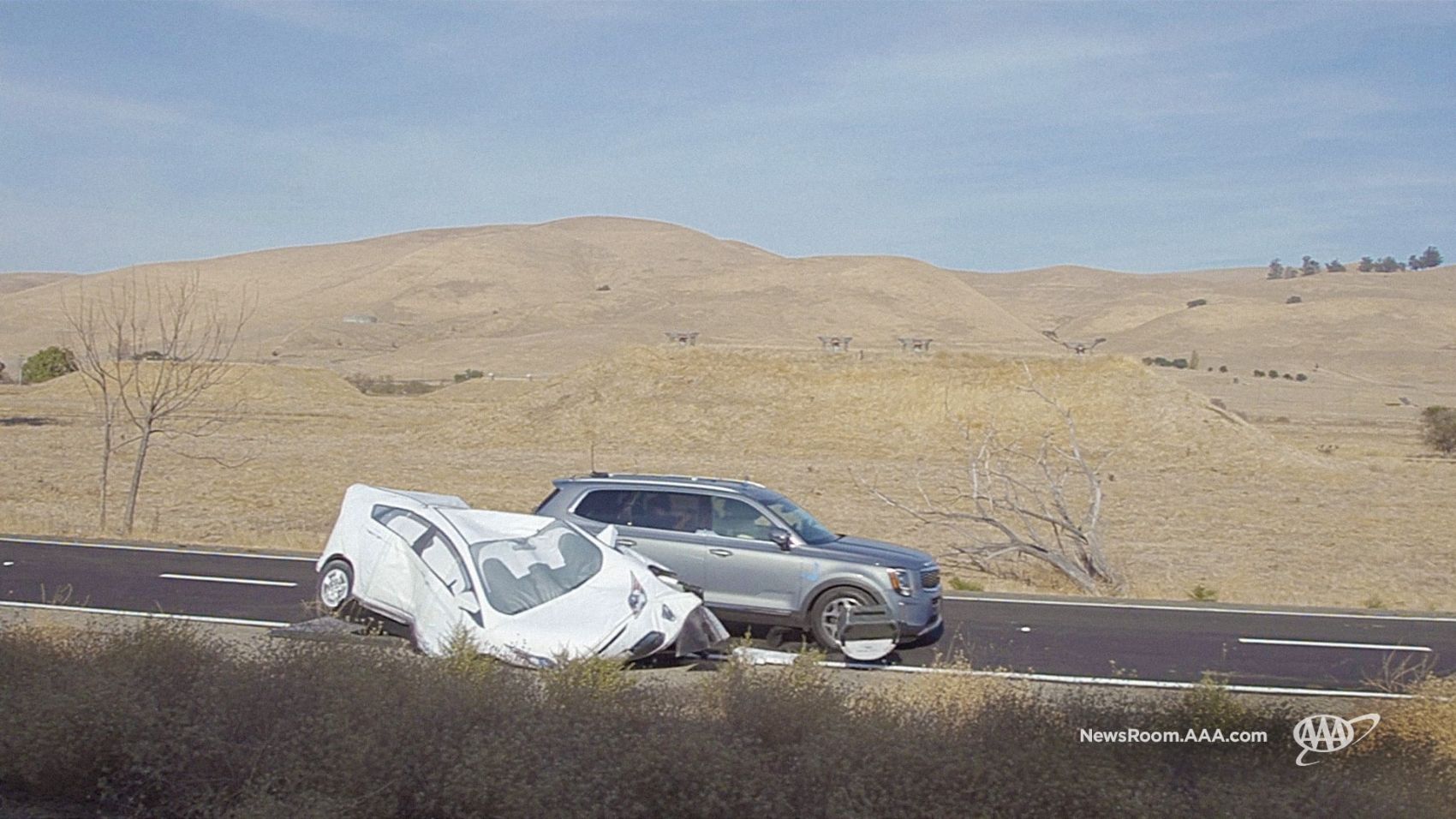AAA recently conducted its annual automated vehicle survey to determine the public’s perception of ADAS technology. When survey participants were asked whether they think automakers should focus on developing self-driving cars, most felt they should not. Only a small number of participants, 22 percent, said self-driving vehicles should be the main focus for manufacturers, while nearly 80 percent said they want current vehicle safety systems to improve. This includes features like automatic emergency braking and lane-keeping assist, which 58 percent said they do desire in their next vehicle.
“People are ready to embrace new vehicle technology, especially if it will make driving safer,” said Greg Brannon, AAA’s Director of Automotive Engineering and Industry Relations. “Consumers are clear about what they want and if automakers seize the opportunity to provide a better experience now, it will pave the way for the vehicles of tomorrow.”
Uncovering The Real Issues In ADAS
The body of work and research AAA has collected on this topic suggests that public perception and how smoothly ADAS features work is intertwined. In a comprehensive study last year, AAA discovered that common safety systems experience an issue every eight miles on average when put in real-world driving conditions equaling or exceeding 4,000 total miles. Nearly 73 percent of those issues can be traced back to irregular lane departure or positioning. The systems were particularly befuddled when faced with a simulated disabled vehicle. AAA found that, in aggregation, a collision occurred 66 percent of the time with an impact speed of 25 mph. While driving, these systems can disengage too quickly and, if the driver is relying on the systems heavily, they might not be able to re-engage fast enough to avoid an accident.
According to AAA, over 90 percent of new vehicles today come with at least one advanced safety system. Given this fact, most consumers will have firsthand, daily exposure to some type of lower-level self-driving technology. These common and subsequently lower-level systems influence what drivers think of when they hear the words “self-driving” or “autonomous,” or even “autopilot.” Perhaps it is reasonable to imagine that if consumers experience repeated issues with a lower-level system like lane-keeping assist or blind-spot detection, they are less likely to trust a fully-driverless vehicle.
This may explain why most of the public does not want to cut straight to full autonomy. As it stands now, consumers won’t be lining up at the dealership for self-driving cars anytime soon. Over 50 percent in AAA’s survey said they would be afraid to ride in an autonomous car, while another 32 percent said they were unsure. On the opposite side of that equation, however, is the idea that as manufacturers improve the functionality of current ADAS systems, consumers may steadily embrace higher levels of autonomy.

Knowledge is Power
Although current ADAS offerings are likely to improve with time, knowledge of how the systems operate (and in what contexts they can operate) will be equally important. These most recent findings from AAA may share a critical link to Motional’s Consumer Mobility Report, conducted in 2020. In Motional’s study, only 13 percent identified as being “extremely knowledgeable” about autonomous vehicles. Nearly 45 percent believe there is no difference between fully autonomous cars and current ADAS technology. Another 39 percent believe self-parking cars and autonomous vehicles are the same.
Manufacturers have a vested interest today in educating their customers on how to properly use and operate the ADAS features they promote and market. “You don’t want to get in a car, and the first time you figure out what automatic emergency braking does is during a situation when you are most surprised by what just happened,” Brannon said.
To this end, AAA has joined SAE, Consumer Reports, J.D. Power, and the National Safety Council in endorsing an initiative aimed at standardizing common names for ADAS systems. “The hope is that using our collective voice to advocate for these changes will nudge OEMs toward standardization,” explained Maureen Vogel, Director of Communications for the National Safety Council. “We were pleased to see the U.S. DOT support the nomenclature recommendations as well, as we feel their endorsement will help advance the work too.”

Future Considerations
Are we truly making the roads a safer place with ADAS technology? When we see reports like AAA’s annual automated vehicle survey, we get an inside look at what everyday consumers are thinking. Those findings can help lead us to the crux of the issue. In this case, the issue is the reliability of ADAS technology and how that, in turn, positively or negatively affects public perception. Moving forward, the industry can work to expand next-generation ADAS testing that includes more real-life situations. For car buyers, it may come down to utilizing a sometimes forgotten tool.
“To find out about your vehicle specifically, crack that owner’s manual open and pull that plastic cover off and take a look,” Brannon said. “It’s the best-written, most legally-reviewed, and technically-accurate place to find information about the car you are driving.”


